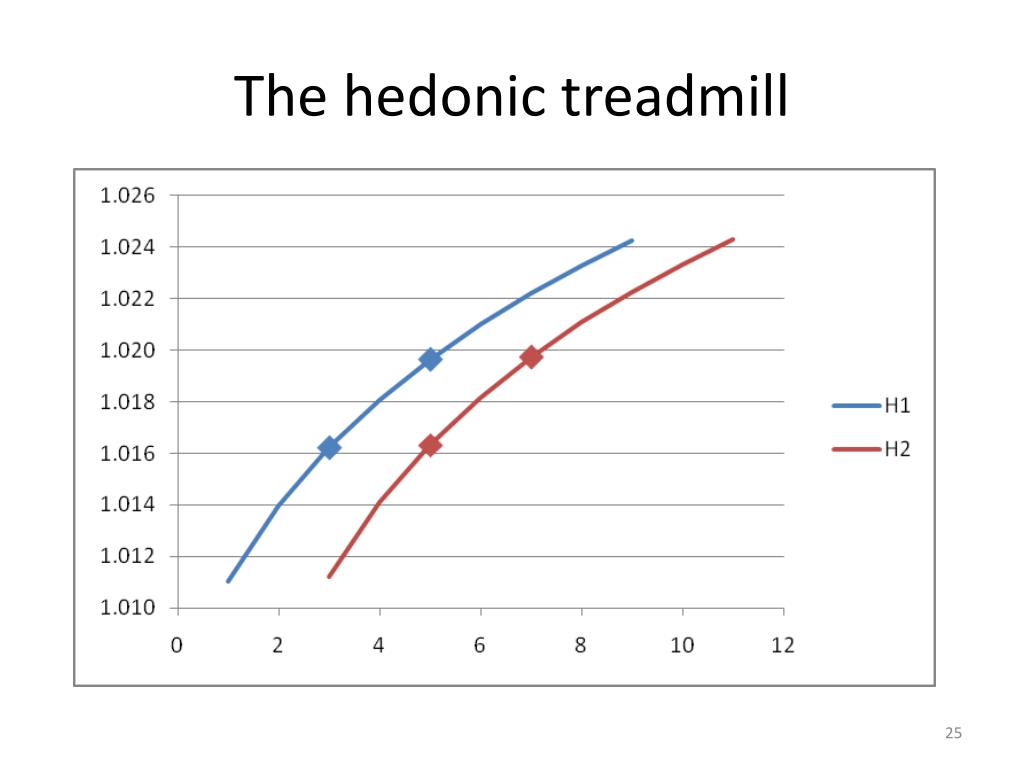

This finding was replicated with a painful procedure in a medical setting and is of potential practical importance ( Redelmeier & Kahneman, 1993). Laboratory subjects prefer a longer unpleasant event that terminates gradually (a hand in unpleasantly cold water which is slowly warmed) to a shorter version that ends abruptly ( Kahneman, Fredrickson, Schreiber, & Redelmeier, 1993). Importance of the ending point of an event has paradoxical implications. However, subjects’ evaluations of film clips showed little relation to on-line ratings rather, global judgments of pleasantness appeared a function only of the most extreme point of pleasantness in the film and the ending point ( Fredrickson & Kahneman, 1993). Longer pleasant and aversive events should be rated as more hedonically extreme than shorter events. In a rational model of utility, overall rating of pleasantness for an event should be a summation over time of the ratings of individual parts. Hedonic tone and emotional content of events fluctuate from moment to moment ( Varey & Kahneman, 1992). 1 and 4).Eleanor Rosch, in Cognitive Ecology, 1996 2 Summarization of Events and Loss of Temporal Extension Sensitization has largely been characterized as an enhanced motor response to drugs of abuse with repeated administration, though recent work has extended these effects to a progressive increase in the reinforcing value of the drugs, at least during initial acquisition of drug-seeking or conditioned drug effects (Figs. Thus, the pathologically strong craving or “wanting” encountered during protracted abstinence would be hypothesized to be due, in large part, to an overactive mesocorticolimbic dopamine system. This state of incentive salience is hypothesized to be produced by drug-induced sensitization of the mesocorticolimbic dopamine system. Sensitization theory invokes a shift to a state of incentive salience (defined as a hypersensitive neural state that produces the experience of “wanting”). In reference to sensitization theory, sensitization has been defined as the increased response to a drug that follows its repeated intermittent presentation and may be a potential source of significant differential vulnerability to certain concepts of the addiction cycle.

More recent data and conceptualizations suggest that the b-process actually may appear shortly after the beginning of the a-process and may ultimately result in a change in hedonic set point (Fig. In contrast, the b-processes (negative hedonic effects) appear after the a-process has terminated, are slow to decay, and get larger with repeated exposure. In reference to opponent process theory, the a-processes (positive hedonic effects) were proposed to occur shortly after presentation of the reinforcer and to show tolerance. Many factors contribute to these patterns of behavior, including underregulation, emotional responses, stress, zero-tolerance beliefs, spiralling distress, and others. Lapse-activated causal patterns are the patterns of behavior that translate an initial lapse (break in self-regulation) into a large-scale indulgence or major binge. These knowledge deficiencies include false beliefs, distorted beliefs, overgeneralizations, and misdirected control efforts. Misregulation can be defined as “exerting control in a way that fails to bring about the desired result or leads to some alternative result.” Misregulation probably most often involves some kind of deficiency in knowledge, especially self-knowledge.

Inadequate strength is analogous to the common-sense concept of willpower and is a conflict between the power of impulse/tendency to act and the self-regulatory mechanism to interrupt that response and prevent action.

Reduction in monitoring is a failure of a person to evaluate one's self and actions against relevant standards. Underregulation can be defined as a “failure to exert control over one's self.” Conflicting or inadequate standards would be a breakdown in the basis for self-regulation.


 0 kommentar(er)
0 kommentar(er)
